The Only Compact Trucks Worth Buying
The issue with full-size pickup trucks is that they can get ridiculously large for some owners. Luckily, this is where midsize and compact trucks come into play.
Some midsize trucks provide the same level of practicality at a fraction of the size, as well as a more affordable price tag. Check out the greatest small trucks of all time.
Nissan Frontier
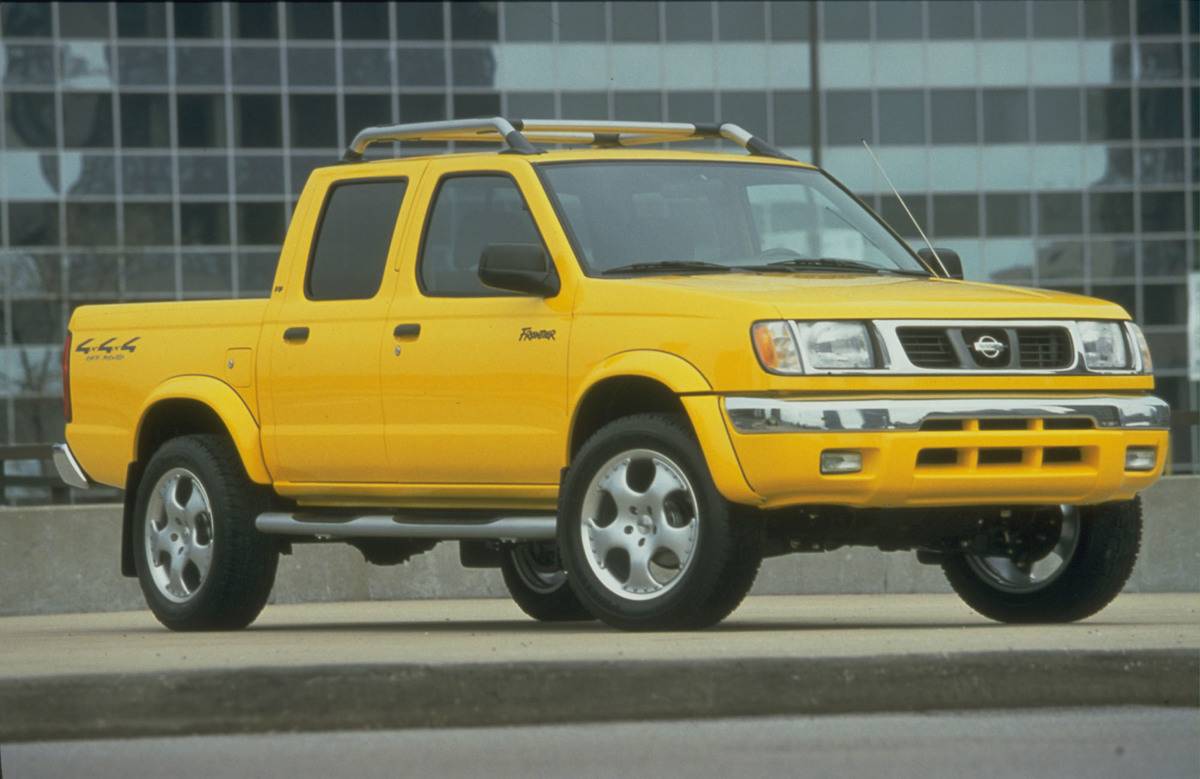
The Frontier represents what pickup trucks are all about- durability, practicality, reliability, and performance. The ride is quiet and comfortable enough for a daily driver, too.
A used Frontier also doubles as one of the best budget-friendly compact trucks money can buy.
Ford Explorer Sport Trac
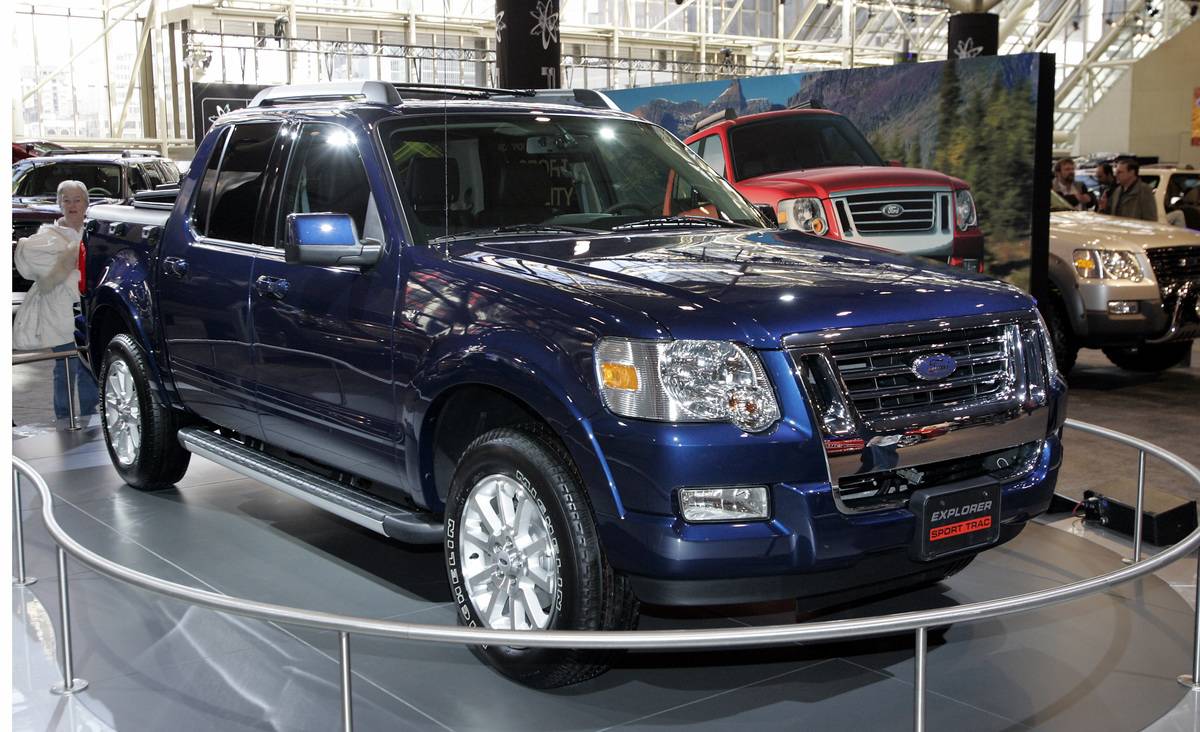
The Sport Trac is essentially a Ford Explorer reimagined as a pickup truck. Like its SUV counterpart, the Explorer Sport Trac boasts a powerful V8 engine, an upscale interior, and a smooth ride.
Dodge Dakota (2nd Generation)
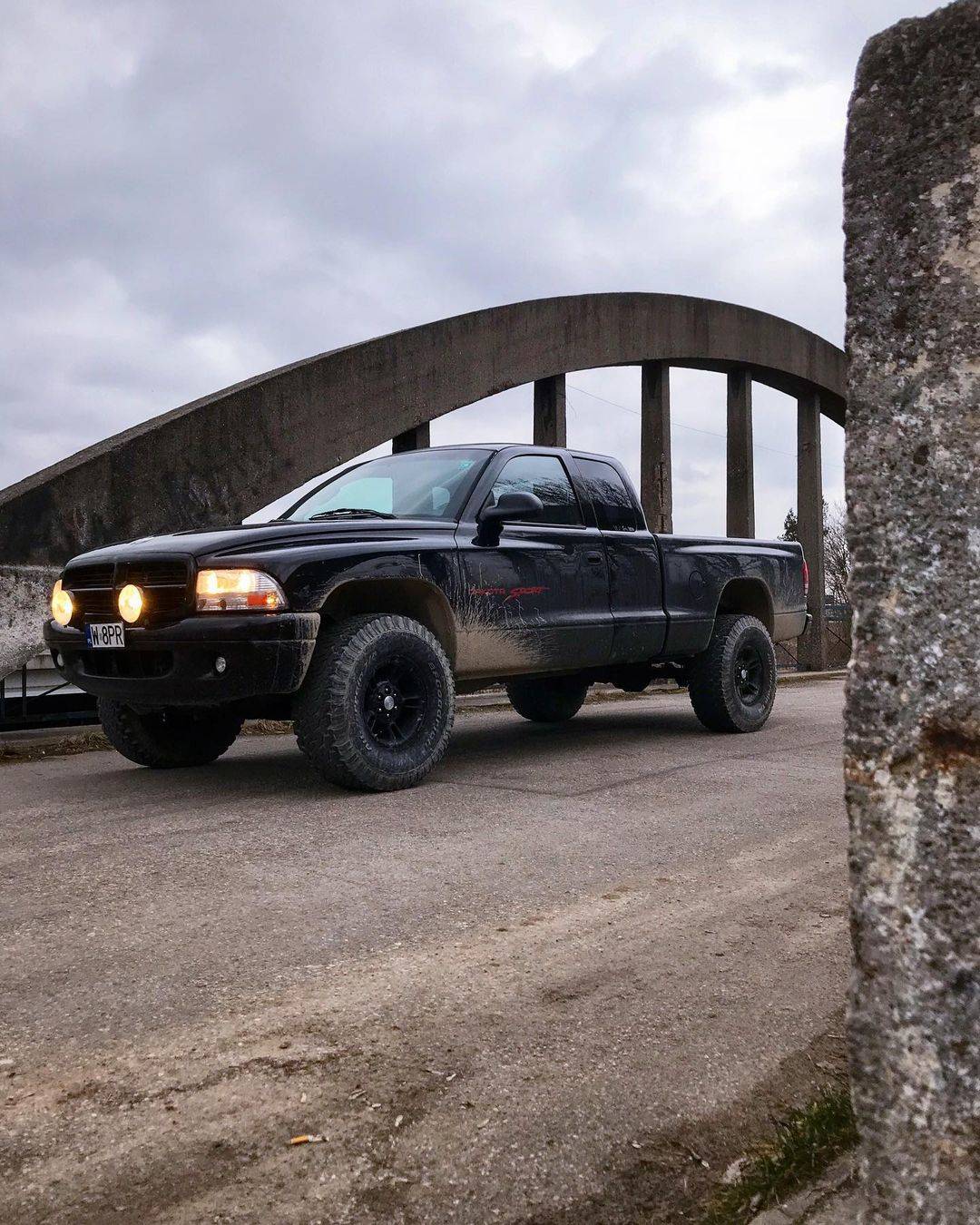
Dodge first unveiled the Dakota midsize truck back in the mid-80s. Although it was a perfectly reasonable truck back in the day, the 2nd generation from 1997 was the real game-changer.
The 2nd generation Dodge Dakota features big-rig styling similar to the Ram, as well as a variety of available engine options. Those who are looking for the ultimate performance can opt for the Dakota R/T variant, powered by a 5.9L V8 rated at 250 horsepower. Dakotas in decent condition start at just a few thousand dollars today.
Ford Ranger
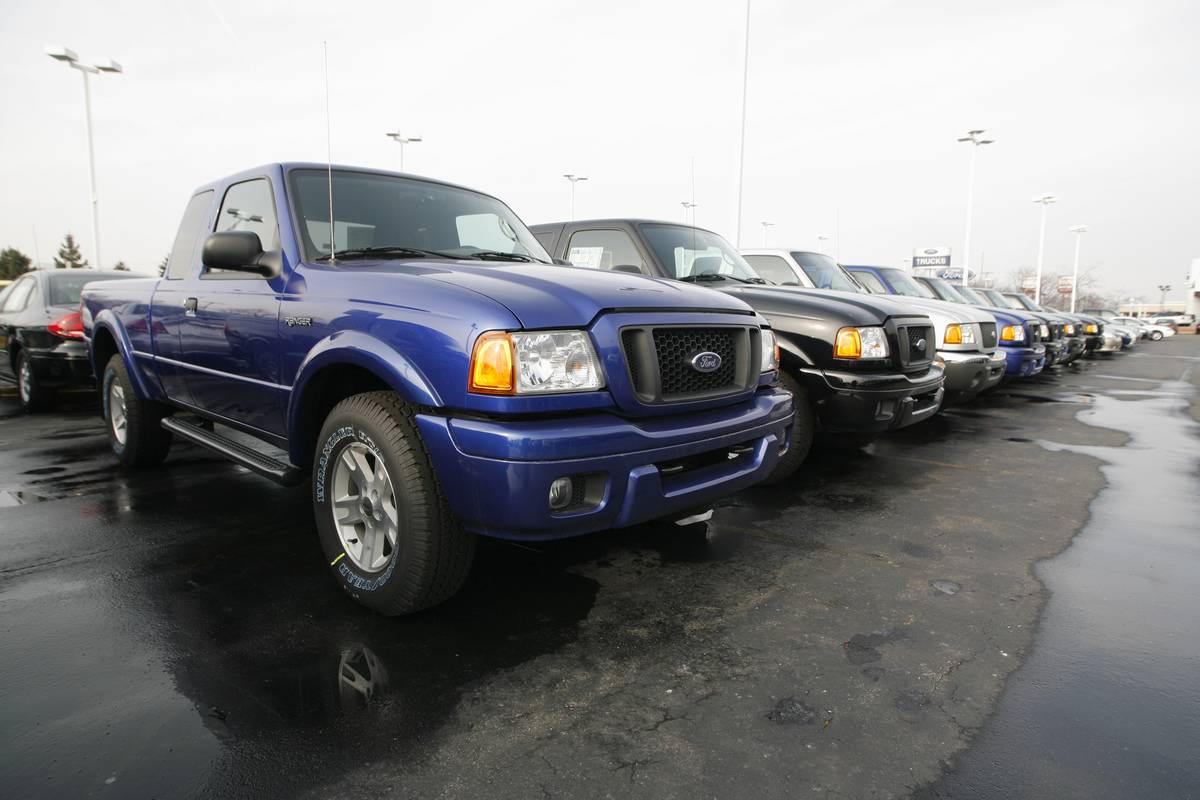
Much like the previously mentioned Dodge Dakota, the Ford Ranger has been around since the mid-80s. The third generation of this compact truck, built between 2001 and 2012, can be an ideal pick for buyers looking for a reliable daily driver.
The third facelift, offered from 2006 through 2012, is the most modern of this generation. Owners praise its V6 powerplant. The exterior design has aged rather poorly, however.
Toyota Tacoma (3rd Generation)
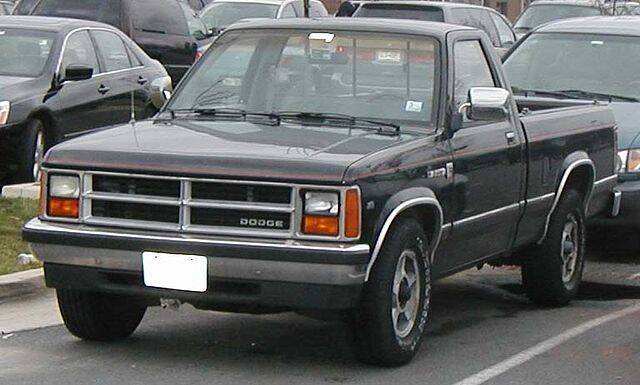
The latest, third generation of the mighty Tacoma appeared on the market for the 2016 model year. It’s arguably even better than its predecessors!
Buyers can pick between two engine variants- a 159-horsepower flat-four found in the base model or the optional 3.5L V6, rated at nearly 280 horses.
GMC Canyon
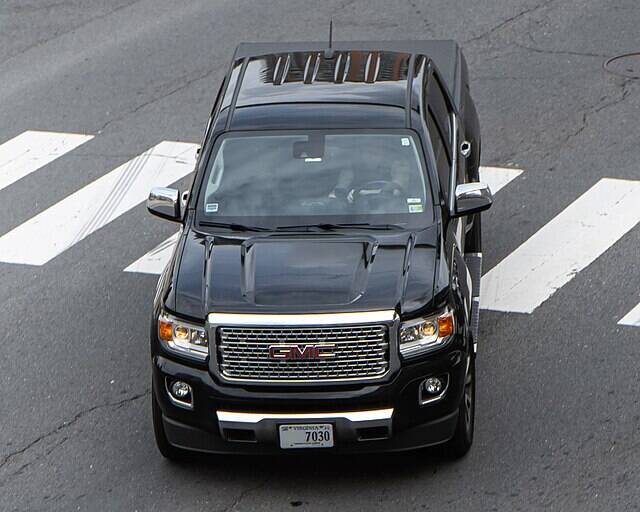
The first-gen Chevy Colorado was already mentioned on our list, hence seeing the original GMC Canyon should not be much of a surprise either. After all, both of these trucks are still solid nearly two decades after their debut.
The GMC Canyon does have a slightly nicer interior than the Colorado, hence it could be more suitable for most buyers.
Chevrolet Colorado

The original Colorado was introduced on the US market back in 2003 as a brand new light-duty truck. GM offered it with a V8 as an extra option, though the base model would come powered by a flat-four. A diesel variant was available, too.
It’s safe to say that the Colorado has aged pretty well. Its durability and performance remain one of the main reasons why buyers still choose used units today.
Chevrolet S-10
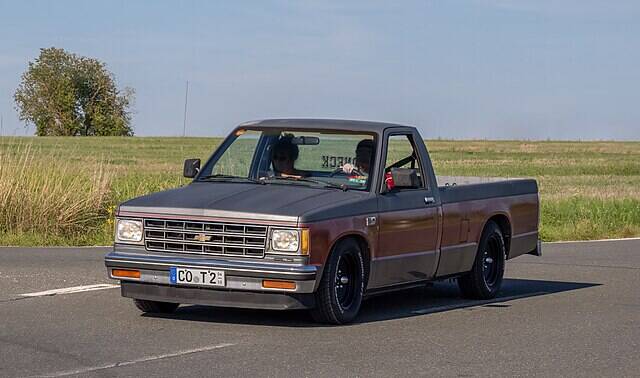
The S-10 can be considered the father of modern compact pickups. It was released back in 1982, earlier than the Ford Ranger or the Dodge Dakota.
The truck remained on the market all the way until the end of the 2004 model year. The base 2.2L is quite underpowered at just 115 horses, though buyers had the option to upgrade to a V6 rated at 180hp.
Toyota Tacoma
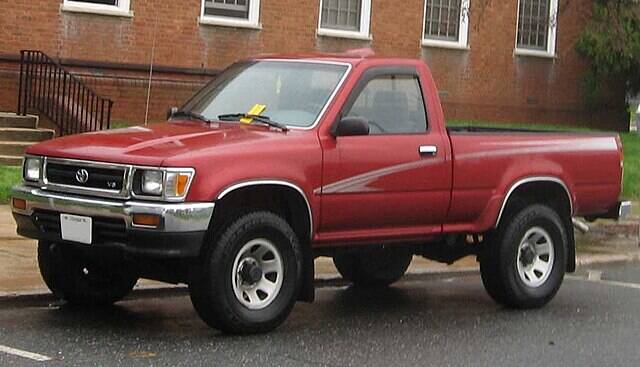
The demand for smaller trucks skyrocketed in the early 1990s, and Toyota was quick to realize that. The Tacoma was introduced for the ’95 model year, replacing the Hilux. Unlike the Hilux, the newly-unveiled Tacoma prioritized a less spartan experience and a smoother ride, without sacrificing its durability.
The first-gen Toyota Tacoma has gone down in history as one of the toughest pickup trucks of its time. Today, you could pick one up for just a few thousand dollars.
Datsun Sunny
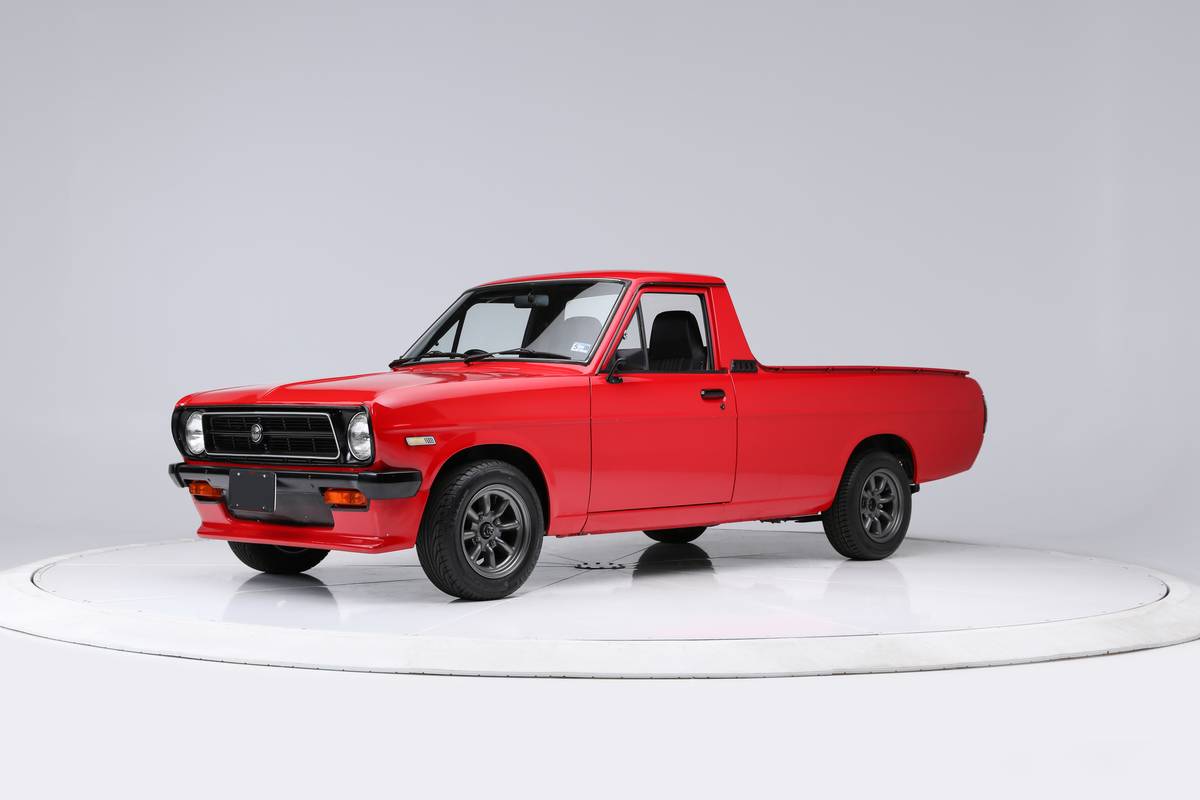
One thing is for sure, you’ll probably never come across any American pickup truck that’s as compact as a Sunny. This old school minitruck is based on the second-gen Nissan Sunny, built between 1970 and 1973. It’s the perfect pick for JDM fans looking for a small truck!
The Sunny came powered by either a 1.2L or a 1.4L powerplant, both of which are flat-four gas motors. The tiny size of the Sunny dramatically improves its handling. In fact, it’s a go-to vehicle for drifters.
Dodge Shelby Dakota
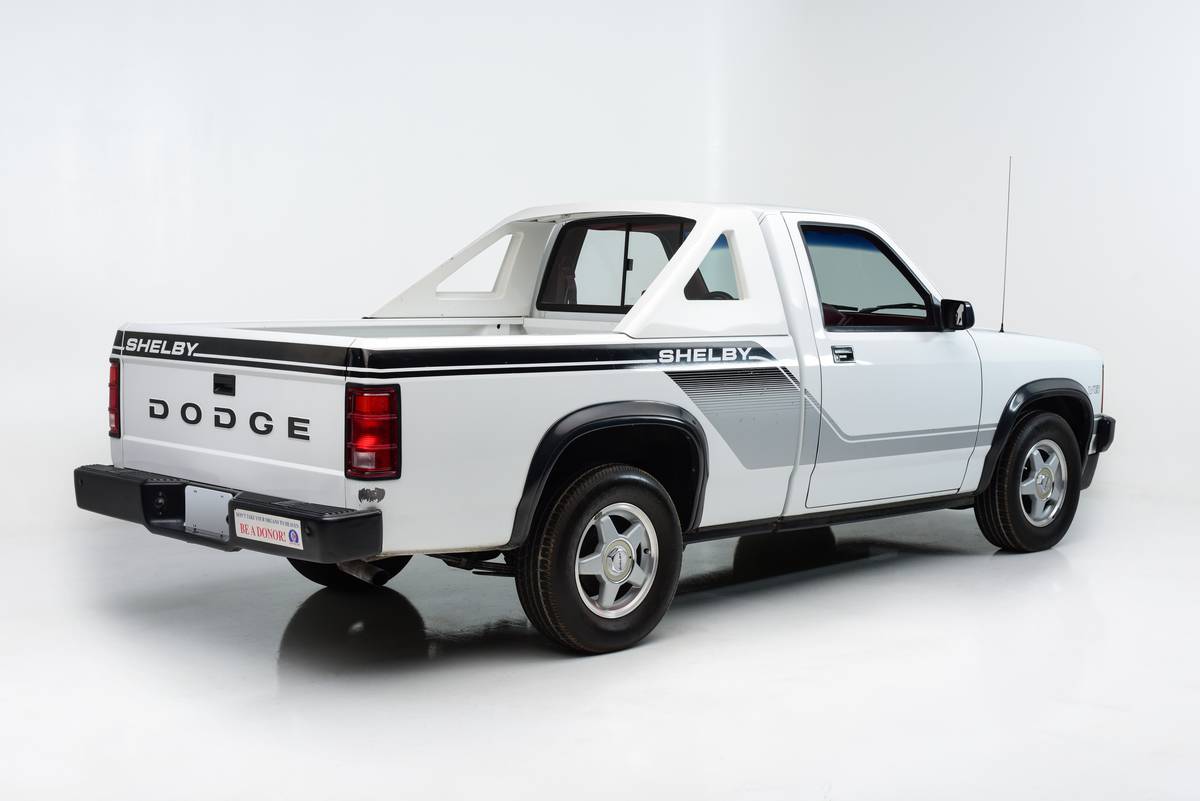
Dodge wanted to create a performance-oriented version of the Dakota midsize truck back in the late 80s. Naturally, the automaker turned to Carroll Shelby for help.
Sadly, the Shelby Dakota did not really offer much aside from some visual upgrades, decals, and the fact that it was developed by Shelby. The 318-cubic inch V8 rated at 175 horsepower felt underwhelming, to say the least. Nonetheless, it’s a pretty cool rare little truck.
GMC Syclone
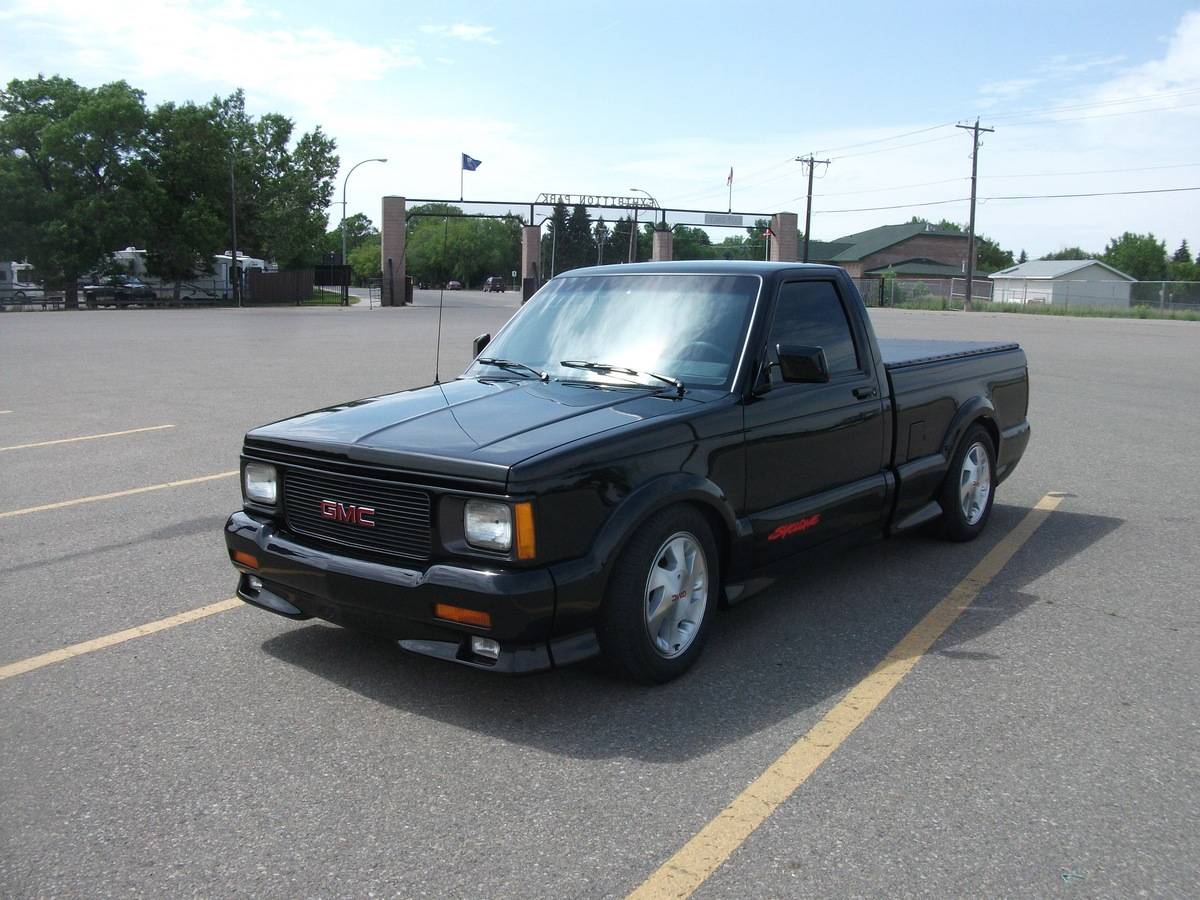
Over the last few years, the Syclone has risen back to fame after being criminally overlooked for decades. GMC only sold 2998 units in just two years.
The Syclone comes powered by a turbocharged V6 motor. As a result, this high-performance pickup truck can reach 60 miles per hour in just 4.3 seconds. That was pretty jaw-dropping back in the early ’90s, and it’s still quite impressive today!
Ford Model T Pickup Truck
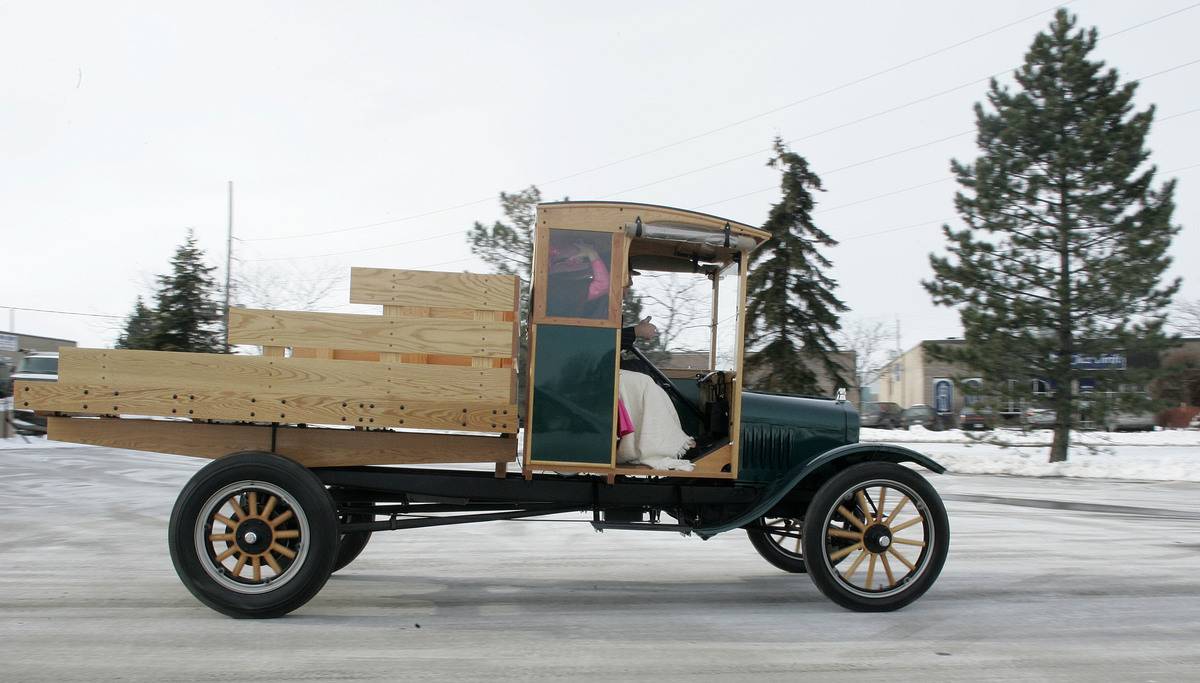
The Ford Model T is the grandfather of the modern automobile, and its pickup truck version is the precursor of trucks we see today.
Back in the day, the Model T was considered quite a luxury. Its 29-horsepower flat-four motor could send this thing up to 44 miles per hour. Not exactly quick by today’s standards, today.
Dodge Dakota Convertible
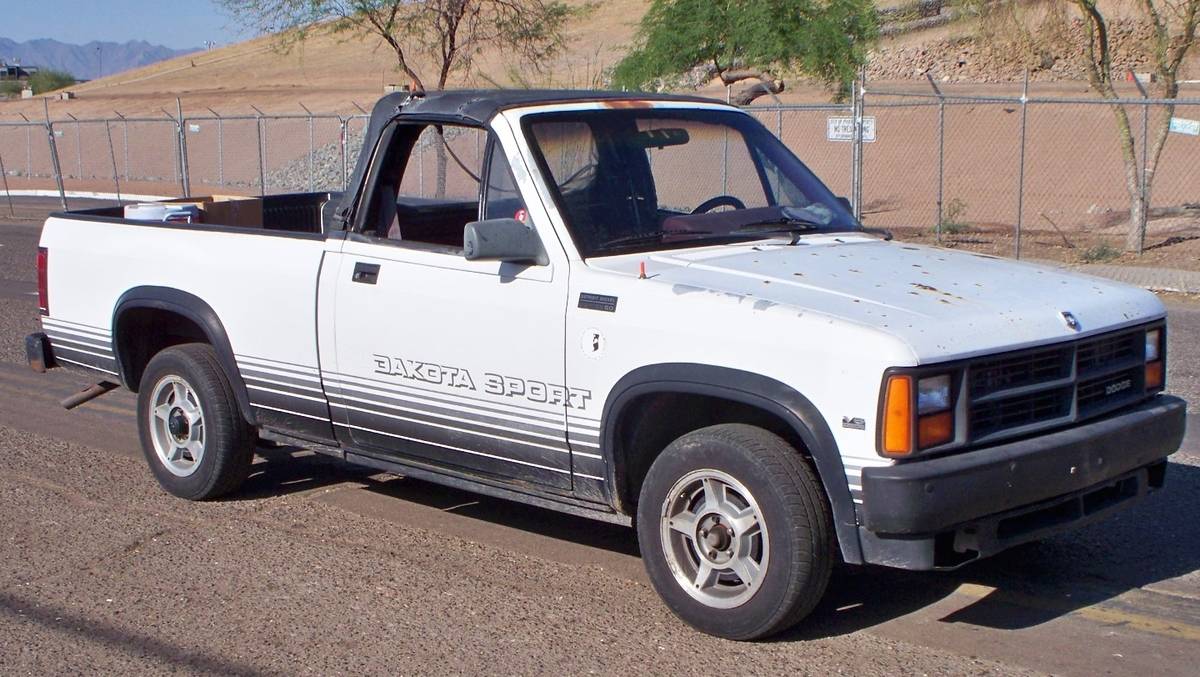
It can be pretty hard to believe that Dodge thought a drop-top midsize pickup truck was ever a good idea, but we’re glad it happened! As a result, the Dakota Convertible has become one of the most unique trucks of the 20th century.
A drop-top midsize truck obviously wasn’t a popular pick among buyers back in the day. It’s hard to come by them today, but it’s well worth it if you can get your hands on one!
Jeep Gladiator
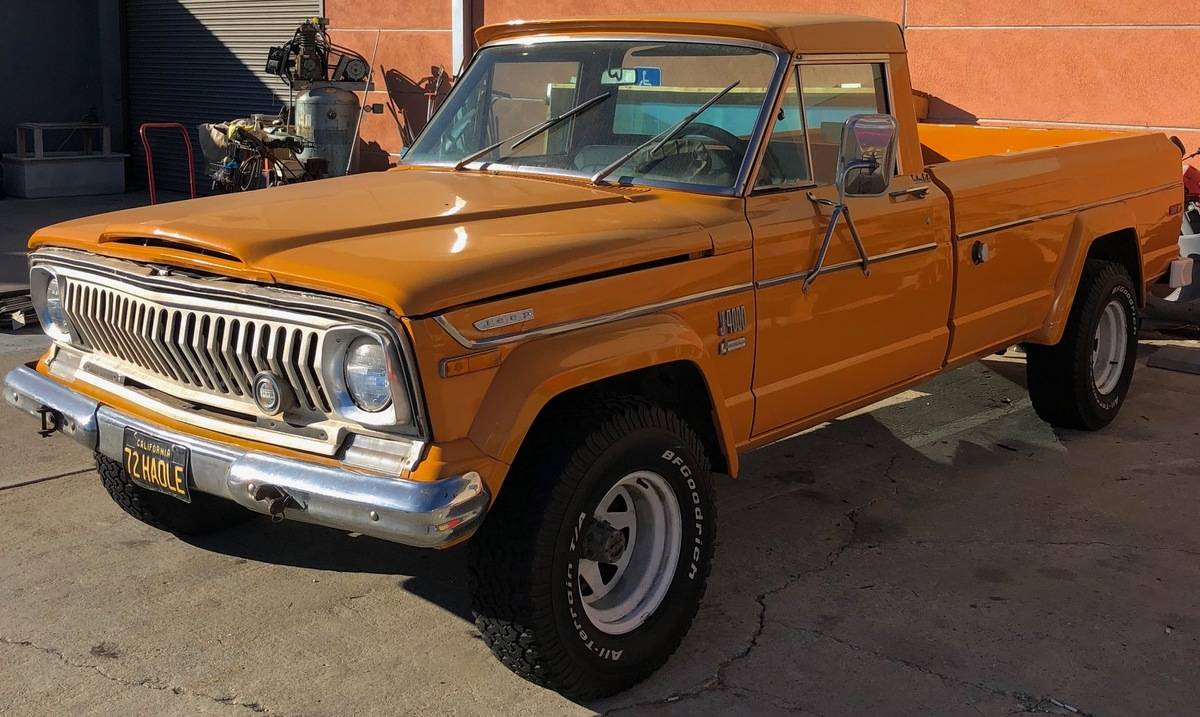
The Gladiator was everything you would expect from a proper Jeep pickup truck- exceptional off-roading capabilities, durability, reliability, and an extremely spartan feel. This wasn’t your average toned-down daily driver by any means.
The most demanding buyers could opt for the optional V8 motor rated at 210 horsepower. It’s still an extremely tough truck, even half a century later.
Ford SVT Lightning
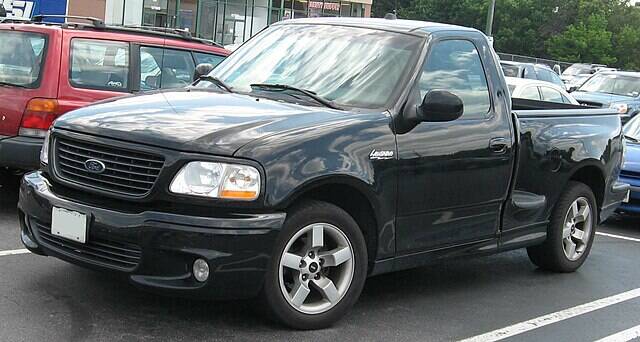
The SVT Lightning was Ford’s answer to the GMC Syclone. It was released back in 1999, production lasted until the end of 2004. This performance-oriented truck was theoretically based on the F150, though its single-cab short-bed body did match midsize or even compact pickups.
This beauty came powered by a V8 motor rated at a whopping 380 horsepower, developed by the Ford Special Vehicle Team division of the Blue Oval. A little over 28,000 units were built in total.
Dodge Rampage

Unibody pickup trucks don’t really get much quirkier than the Dodge Rampage. This weird creation was developed to compete with the likes of the Chevrolet El Camino. It never really lived up to its GM alternative, though.
The Rampage was an absolute disaster in terms of sales. Dodge pulled the plug on the model just three years after its 1982 debut, with less than 40,000 units sold in total.
Mazda Rotary Pickup
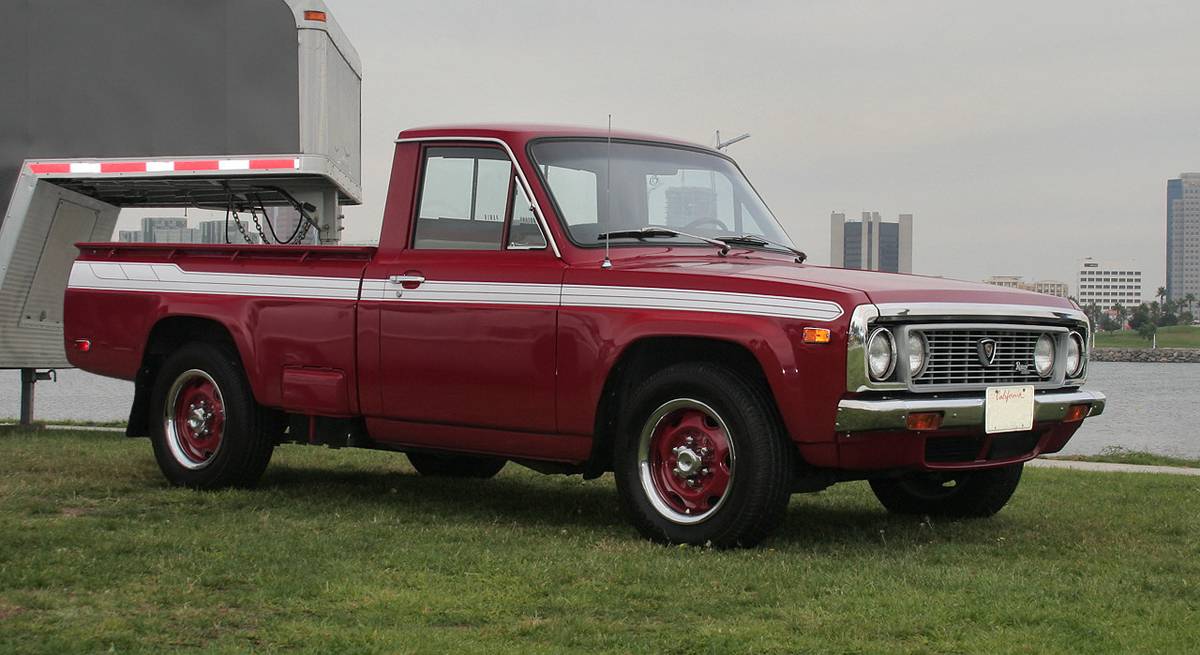
Any JDM fan is going to fall in love with this retro Japanese truck. As the name suggests, the Mazda Rotary Pickup came powered by a 1.3L rotary Wankel motor. The short production run lasted just 4 years starting in 1974. Only around 15,000 units were sold in the US and Canada.
Today, a well-preserved Mazda Rotary Pickup deserves to be more of a showroom piece rather than a workhorse. Its rotary engine isn’t exactly reliable, so turning this truck into a garage queen is perhaps the safest bet.
Jeep Comanche

The Comanche debuted in 1986 as a pickup truck version of the Jeep Cherokee. The compact truck was only offered with a short two-door cab and a flat-four motor under the hood for the base model.
This pickup truck became famous for its off-roading capabilities, like virtually all Jeep products from that era. The most demanding buyers could pick a 4WD drivetrain as an extra feature, too. The model was discontinued in the early ’90s and the nameplate has not made a return since.
Dodge Lil’ Red Express
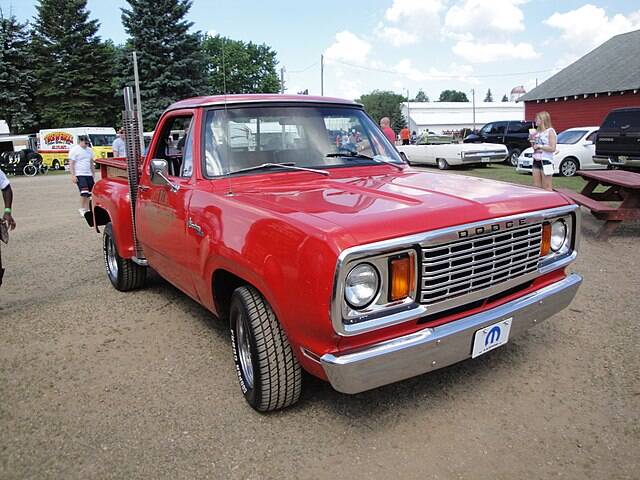
This absolute beauty has gone down in automotive history as one of the first high-performance pickup trucks of all time. It was based on the third generation of the D-Series, and only offered in a single-cab short-bed body configuration.
The Lil’ Red Express came powered by a V8 motor borrowed from a police interceptor, rated at 230 horsepower. You have to prepare at least $20,000 to become the owner of a Lil’ Red Express today.
Chevrolet 3100
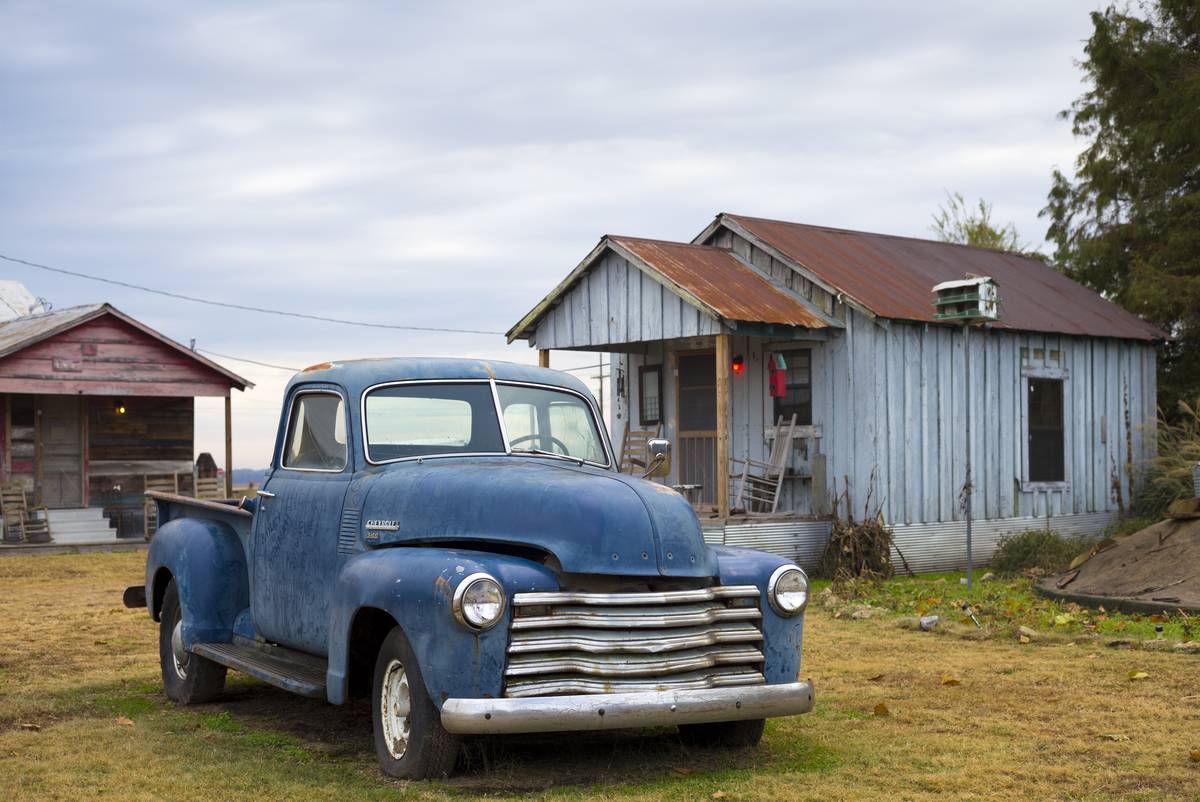
This is bound to be a dream for hotrodders and fans of classic trucks alike. The model was a direct predecessor of the Task Force and was produced between ’47 and ’55. Back then, trucks weren’t classified as thoroughly as they are today.
The dimensions and payload capacity of the Chevy 3100 would classify it as a midsize or compact. It was only offered with a flat-six under the hood.
Jeep CJ-8 Scrambler
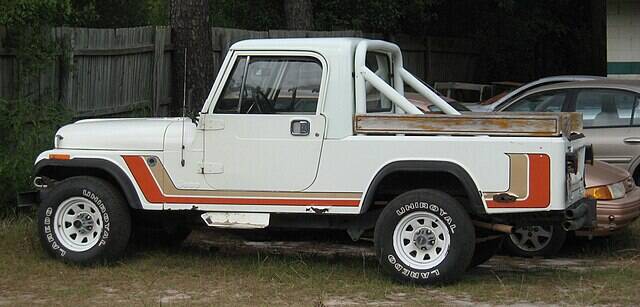
The Jeep CJ-8 was introduced in the early 80s. It quickly became apparent that it was similar to the previously mentioned Gladiator- extremely capable off-road, spartan, and as tough as a truck could get.
The production run of the Scrambler only lasted 5 years, though its popularity remains high for decades to come.
Subaru BRAT
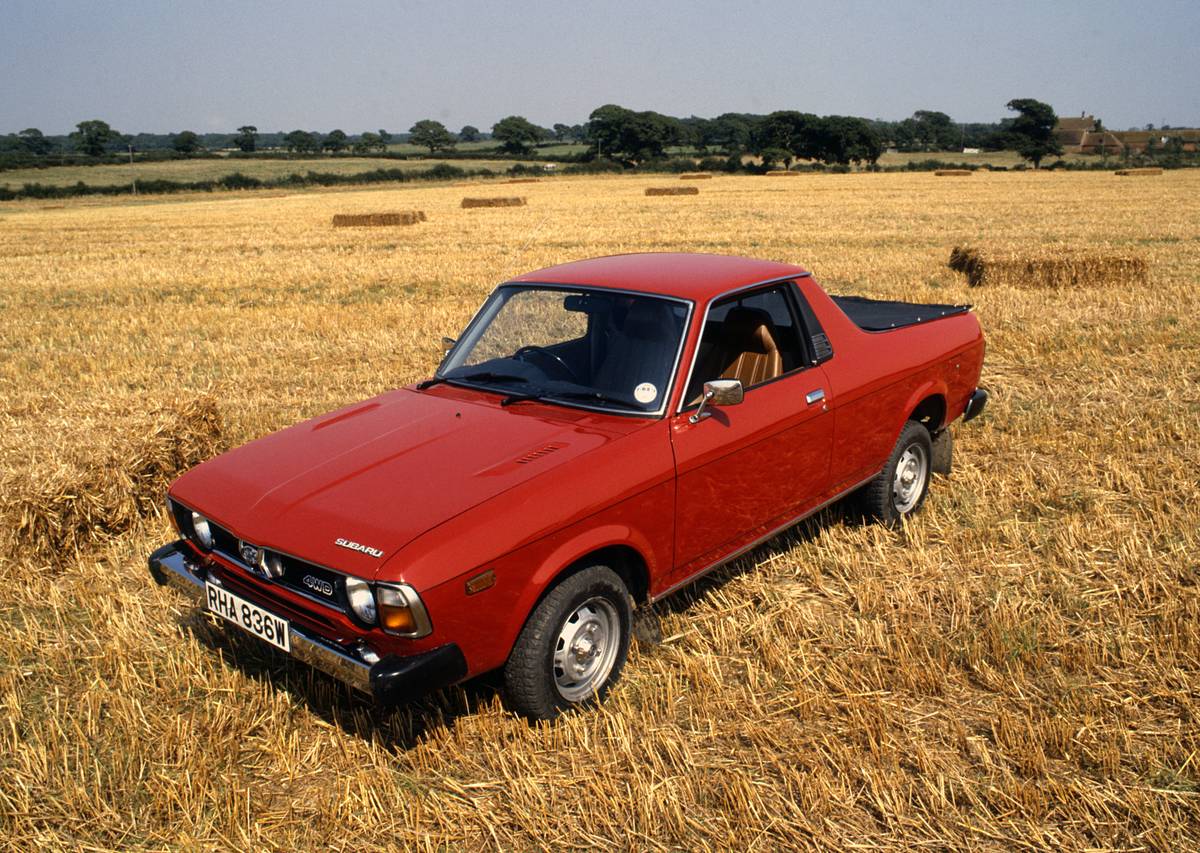
Theoretically speaking, the BRAT isn’t exactly a compact nor a midsize truck. It rides on a unibody platform, much like the Chevrolet El Camino. Nonetheless, its dimensions and payload capacity are similar to those of Japanese mini trucks, hence it’s earned a spot on our list.
Don’t let the tiny size of this Subaru deceive you, the BRAT is a tough little vehicle! The automaker offered both naturally-aspirated and turbocharged engines, and even an optional T-top roof.
Chevrolet El Camino
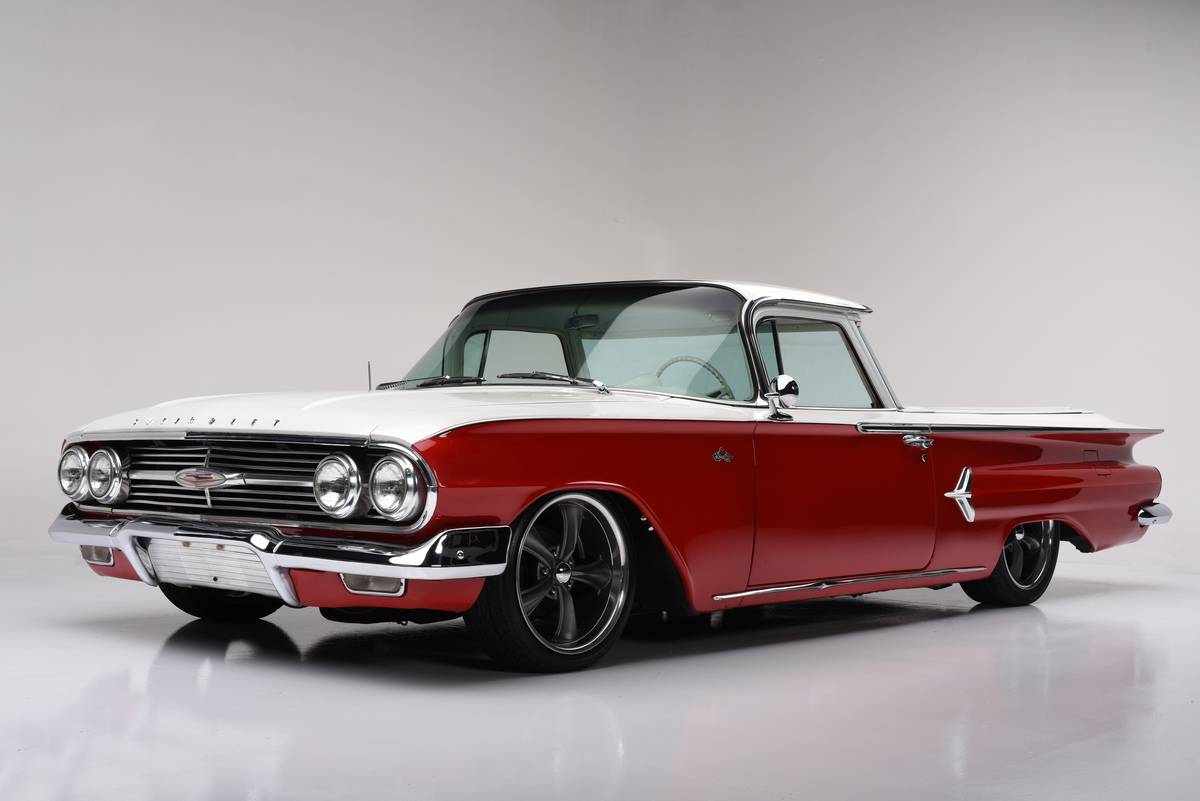
Since we have mentioned the Subaru BRAT, it would only be fair to include the Chevrolet El Camino on this list as well. This gorgeous unibody pickup was produced between 1959 and 1987.
The original first-gen El Camino was sold for just two years. It featured immaculate styling and could be ordered with a V8 under the hood. What more could you possibly ask for?
Toyota Hilux
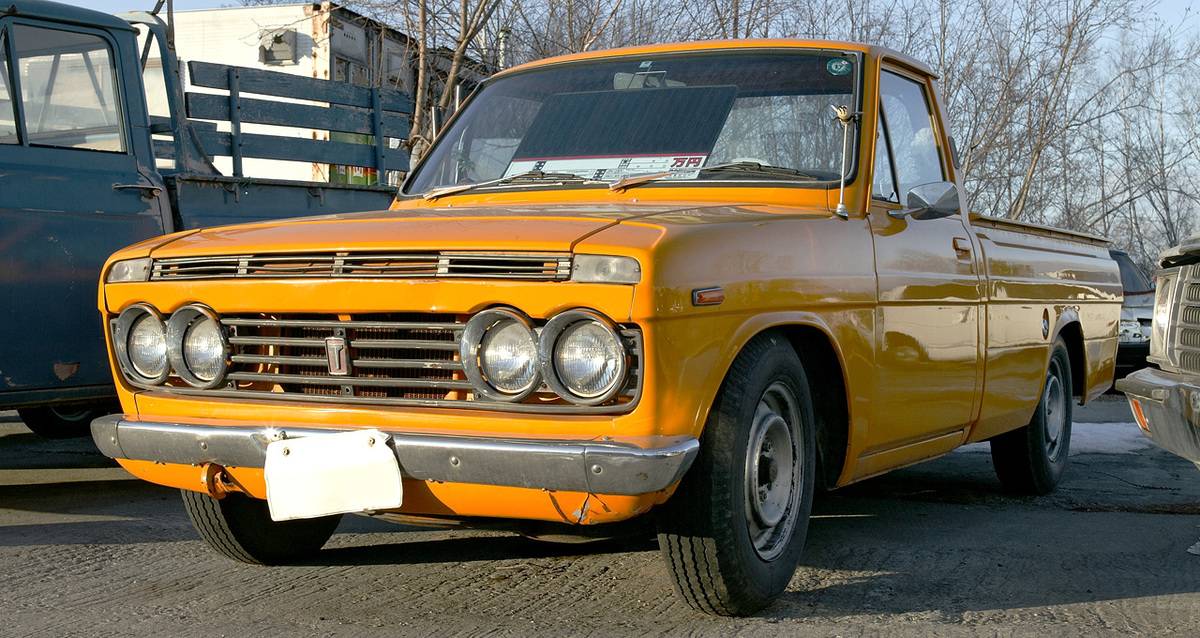
What’s the first truck that comes to your mind when thinking of the Hilux? It’s probably either the latest eighth-gen or the two-decade-old sixth generation of the truck. However, you probably didn’t even know that the Hilux dates back to the late ’60s!
Originally, the Hilux wasn’t offered in the US. Production began back in 1968 as a compact truck, before eventually morphing into a midsize by 2004. It was replaced by the Tacoma for the US market somewhere along the way, too.
Dodge D-50
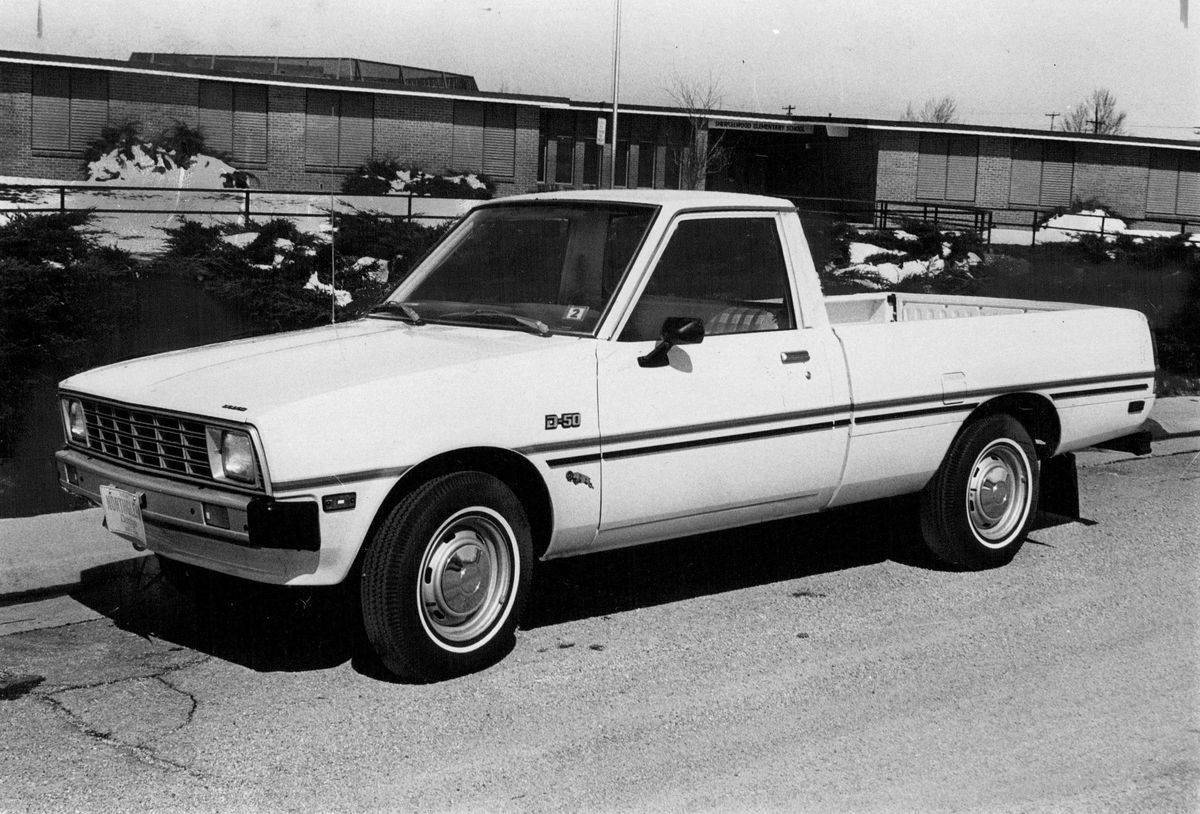
Despite its Dodge badges, the D-50 was hardly an American pickup truck. In fact, it actually was just a rebadged Mitsubishi Fortes. Under the hood laid either a 2.0L 93-horsepower motor for the base model, or an optional 2.6L rated at 106 horses for the Sport version.
These tiny trucks certainly wouldn’t be enough for today’s standards. The bed is just 6.5 feet long, while the payload capacity is 1,400 pounds. back in the day, these tough little trucks were ideal for some buyers.
Plymouth Arrow
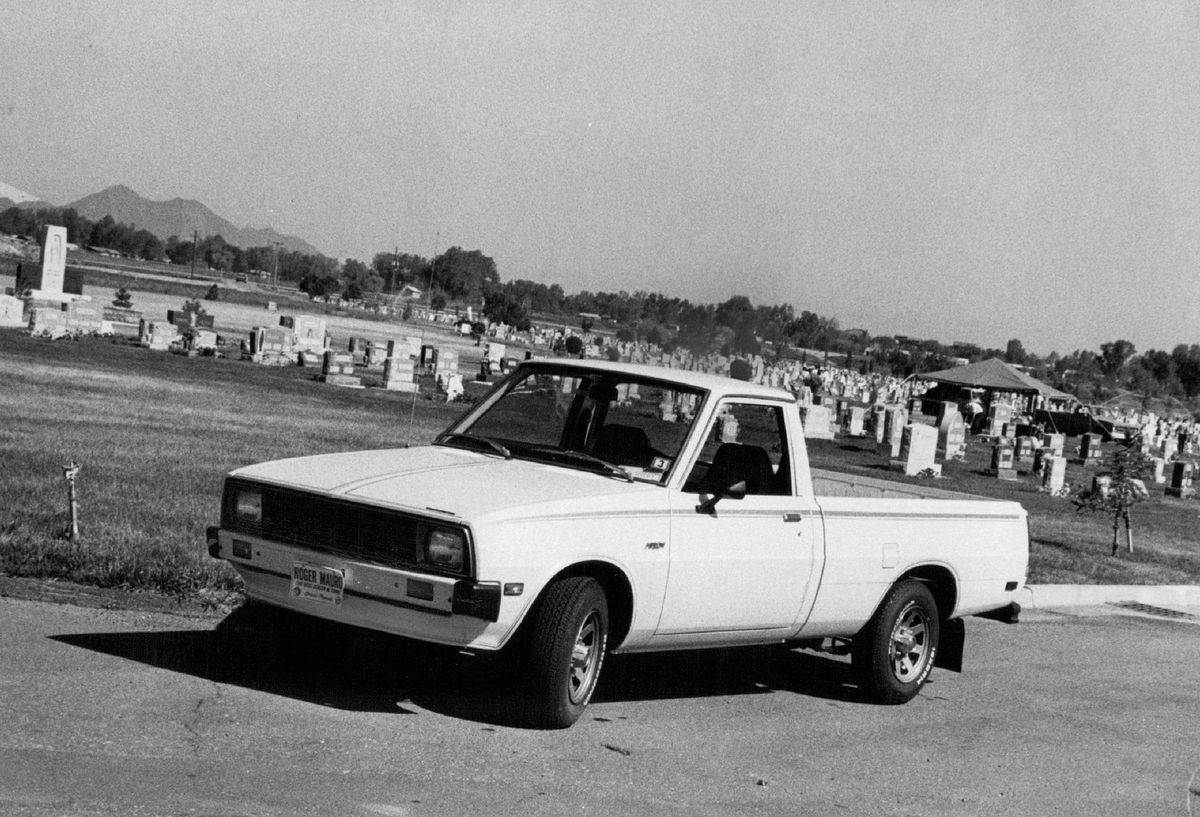
The Plymouth Arrow is the perfect example of car inception, or carception, if you will. That’s because it’s essentially a rebadged Dodge D-50, which was already a rebadged Mitsubishi Fortes.
The differences between the Arrow and the D-50 were extremely discreet. In fact, different badges and a slightly redesigned grille were the only two ways to distinguish the trucks apart.
Ford Courier
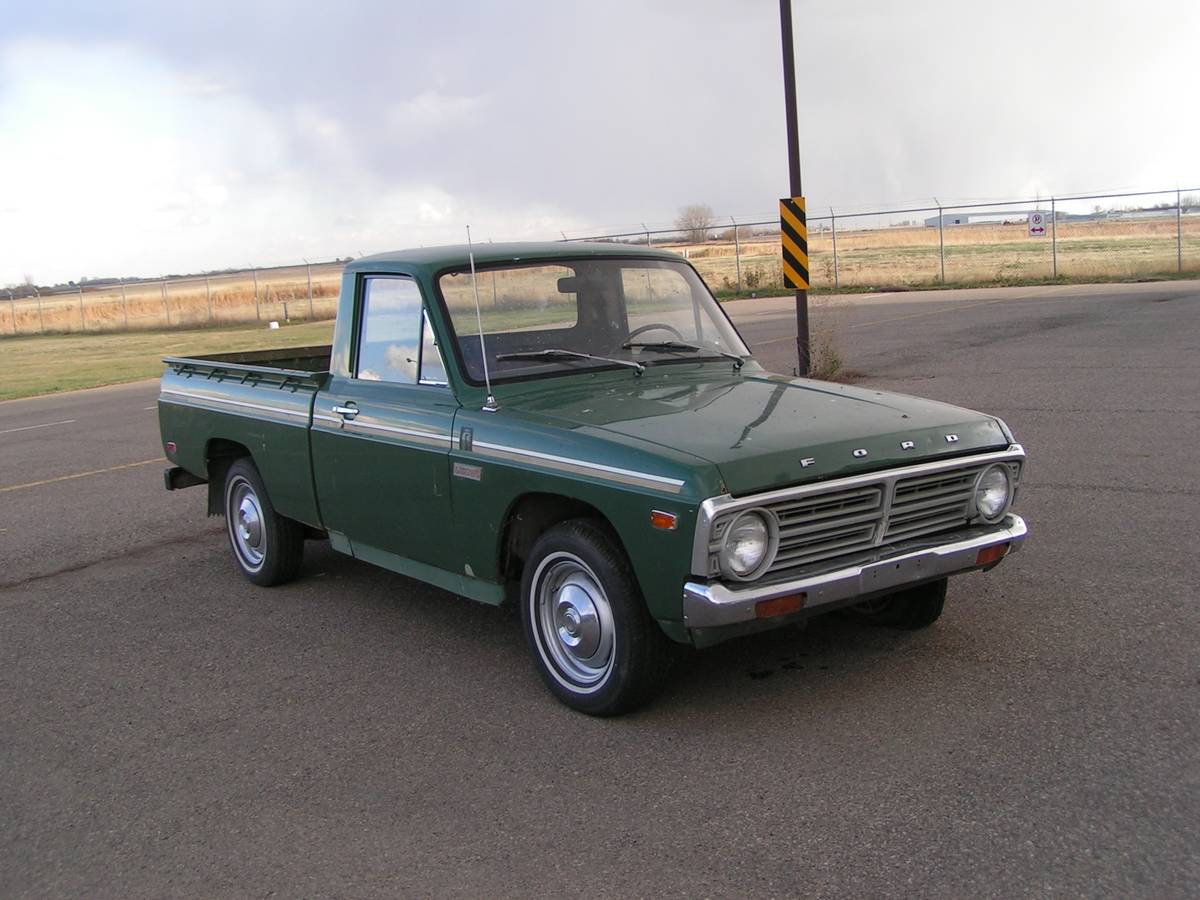
This tiny Ford pickup truck shares one major thing in common with the previously mentioned Dodge D-50. Despite wearing Ford badges, the Courier was actually a rebadged Japanese pickup truck! The original Ford Courier was a slightly redesigned Mazda B-Series.
Some buyers were drawn to this model largely because of its small size and excellent fuel economy, as opposed to full-size trucks. Fuel efficiency wasn’t much of a worry in the early ’70s, however, so the Courier didn’t see much success in terms of sales.



